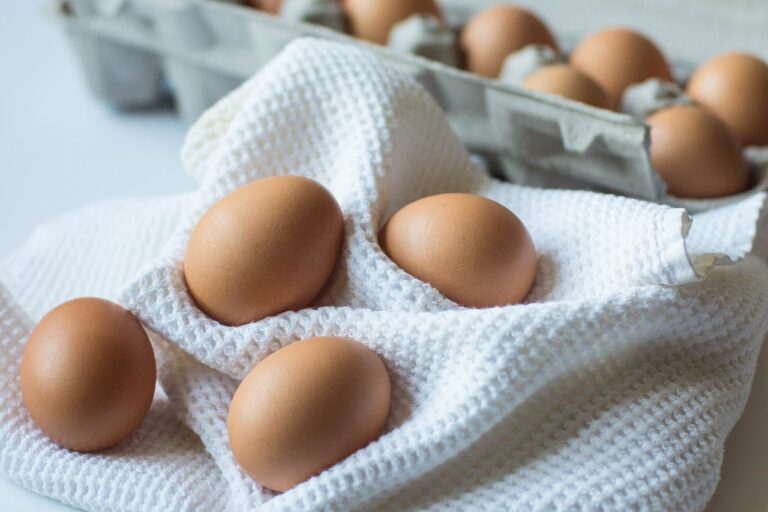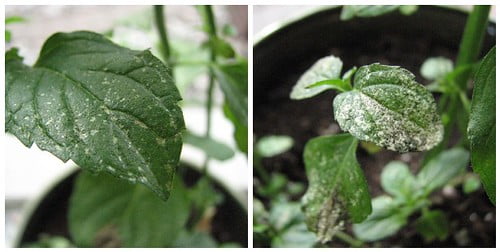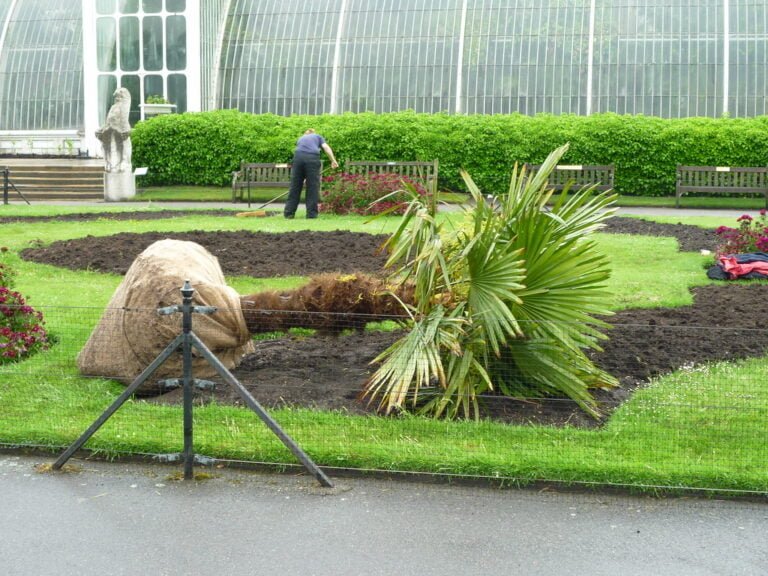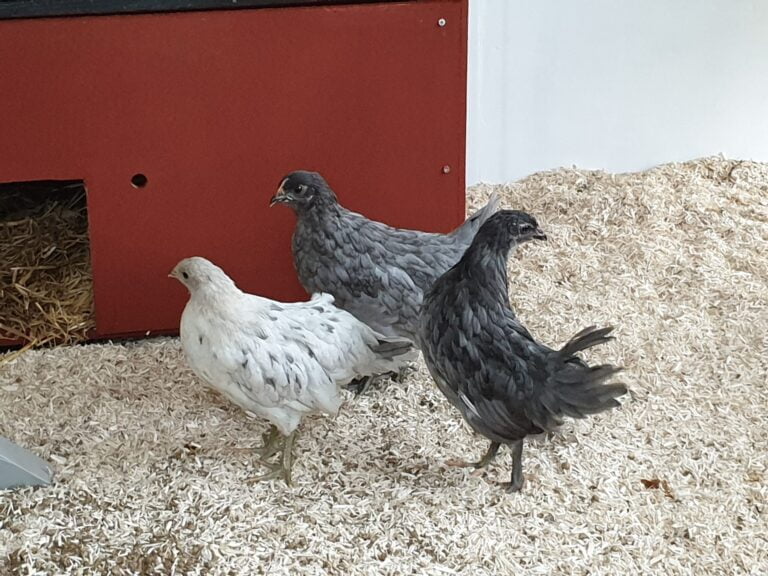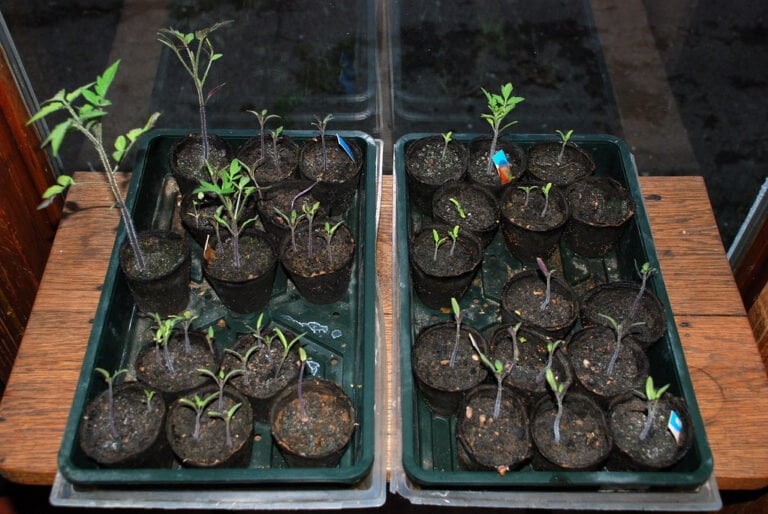Growing Tomatoes Using Hydroponic Systems: A Comprehensive Guide
Are you interested in growing your own tomatoes but don’t have a large outdoor space? Look no further! This comprehensive guide will show you how to grow tomatoes using hydroponic systems. With the right system and proper care, you can enjoy the benefits of fresh, homegrown tomatoes all year round. From choosing the right system to selecting the best tomato varieties, this guide will provide you with all the information you need to successfully grow tomatoes in a hydroponic setup.
Benefits of Hydroponic Systems for Growing Tomatoes
When growing tomatoes using hydroponic systems, you can enjoy numerous benefits. First and foremost, hydroponic systems allow you to have complete control over the growing environment. This means that you can optimize factors such as temperature, humidity, and nutrient levels to ensure the best possible conditions for your tomatoes to thrive. Additionally, hydroponic systems require less space compared to traditional soil-based gardening, making them ideal for those with limited garden space. Moreover, since hydroponic systems eliminate the need for soil, you can avoid common issues such as soil-borne diseases and pests. This not only reduces the need for harmful pesticides but also ensures healthier and more robust tomato plants. Lastly, hydroponic systems enable you to grow tomatoes year-round, providing you with a constant supply of fresh and delicious fruits regardless of the season.
Choosing the Right Hydroponic System for Tomatoes
To choose the right hydroponic system for growing tomatoes, you need to consider various factors that will determine the success of your tomato plants. First, think about the space you have available. If you have limited space, a vertical hydroponic system like a tower or a wall-mounted system could be a good option. These systems maximize vertical space and allow for efficient use of limited areas. Next, consider your budget. Some hydroponic systems can be quite expensive, so it’s important to choose one that fits within your financial means. Additionally, think about the level of automation you desire. Some systems require more manual labor, while others are fully automated. Finally, consider the specific needs of tomato plants, such as the type of nutrient solution and lighting requirements. Taking these factors into account will help you choose the right hydroponic system for successfully growing tomatoes.
Essential Nutrients for Successful Tomato Growth in Hydroponics
For successful tomato growth in hydroponics, you will need to provide essential nutrients to support their development. Tomatoes require a variety of nutrients to thrive, including macronutrients like nitrogen, phosphorus, and potassium, as well as micronutrients like calcium, magnesium, and iron. These nutrients can be provided through a nutrient solution, which is a carefully balanced mix of water and fertilizers. Nitrogen is essential for leaf and stem development, phosphorus promotes root growth and flower formation, while potassium helps with overall plant health and fruit quality. Calcium is important for preventing blossom end rot, magnesium aids in chlorophyll production, and iron supports healthy photosynthesis. Regular monitoring of nutrient levels and adjusting the nutrient solution accordingly is crucial for maintaining optimal tomato growth and maximizing yields.
Selecting the Best Tomato Varieties for Hydroponic Cultivation
To ensure successful tomato growth in hydroponics, it is important to select the best tomato varieties that will thrive in this system and produce high yields. There are several factors to consider when choosing the right tomato varieties for hydroponic cultivation. First, consider the growth habit of the plant. Determinate varieties, which have a compact growth habit and produce fruit all at once, are ideal for hydroponics as they require less pruning and support. Next, look for varieties that are disease-resistant, as this will help prevent common issues such as fungal diseases. Additionally, consider the size and flavor of the tomatoes. Cherry and grape tomatoes are popular choices for hydroponics due to their small size and sweet taste. Overall, selecting the best tomato varieties for hydroponic cultivation will greatly contribute to your success in growing healthy and abundant tomatoes.
Setting Up Your Hydroponic System for Tomato Production
When setting up your hydroponic system for tomato production, consider using a nutrient-rich solution to promote optimal growth and yield. Start by choosing a suitable hydroponic system, such as a nutrient film technique (NFT) or a deep water culture (DWC) system. Ensure that the system provides adequate support for the tomato plants, as they can grow quite tall and heavy. Install the necessary equipment, including a water reservoir, a pump, and tubing to circulate the nutrient solution. Set up grow lights to provide the plants with the required amount of light for photosynthesis. Adjust the pH and nutrient levels of the solution according to the specific requirements of tomato plants. Monitor the temperature and humidity levels in the growing area to create an ideal environment for tomato cultivation. Regularly maintain and clean your hydroponic system to prevent the buildup of algae and other contaminants.
Managing Ph and EC Levels in Hydroponic Tomato Systems
Maintaining proper pH and EC levels is crucial for successfully managing hydroponic tomato systems, ensuring optimal nutrient absorption and plant growth. pH refers to the acidity or alkalinity of the nutrient solution, while EC (electrical conductivity) measures the concentration of dissolved salts. To maintain the ideal pH level of 5.5 to 6.5, regularly monitor the pH using a pH meter or test kit. Adjust the pH by adding pH up or down solutions as needed. For EC levels, aim for a range of 2.0 to 3.0 mS/cm. Test the EC regularly and adjust it by adding or diluting nutrient solution accordingly. Remember, maintaining the correct pH and EC levels is essential for providing the right environment for your hydroponic tomato plants to thrive and produce a bountiful harvest.
Lighting Requirements for Optimal Tomato Growth in Hydroponics
What lighting conditions are necessary for you to achieve optimal tomato growth in hydroponics? Providing the right lighting is crucial for the success of your hydroponic tomato system. Tomatoes require a minimum of 12-16 hours of light per day to thrive. The most effective light source for tomato growth is a full spectrum LED grow light. This type of light provides the necessary wavelengths for photosynthesis and promotes healthy plant growth. Position the grow lights approximately 12-18 inches above the tomato plants to ensure proper light distribution. To simulate natural sunlight, use a combination of red and blue LED lights. Red light enhances flowering and fruiting, while blue light promotes vegetative growth. It is also important to monitor the light intensity and adjust accordingly to meet the needs of your tomatoes.
Watering Techniques for Hydroponic Tomatoes
To ensure optimal growth and development of your hydroponic tomato plants, it is essential to establish effective watering techniques. Water is the lifeblood of your plants, and providing them with the right amount at the right time is crucial for their success. One popular method is the drip irrigation system, which delivers water directly to the roots through small tubes. This ensures that the plants receive a steady supply of moisture without wasting water. Another technique is the nutrient film technique (NFT), where a thin film of nutrient-rich water is circulated along the roots, providing both water and nutrients. Additionally, using a timer to automate your watering system can help maintain consistency and prevent over or under watering. Remember to monitor your plants closely and adjust your watering schedule as needed. With these effective watering techniques, your hydroponic tomato plants will thrive and produce abundant, delicious fruits.
Pruning and Training Tomatoes in a Hydroponic Setup
Pruning and training are essential for maximizing the yield and maintaining plant health in a hydroponic setup. Begin by removing suckers, the small shoots that emerge from the leaf axils, as they divert energy from fruit production. Use pruning shears to cut them off, taking care not to damage the main stem. Next, train the main stem to grow vertically by securing it to a stake or trellis. This allows for better air circulation and light penetration, reducing the risk of diseases and promoting even fruit ripening. Additionally, prune any yellow or diseased leaves to prevent the spread of pathogens. Regularly monitor your plants and adjust the training and pruning techniques as necessary to ensure optimal growth and productivity.
Common Pests and Diseases in Hydroponic Tomato Cultivation
Pests and diseases pose a significant challenge in hydroponic tomato cultivation. It is crucial to be aware of the common pests and diseases that can affect your tomato plants in order to prevent and manage them effectively. One common pest is aphids, tiny insects that suck the sap from the plants, causing stunted growth and wilting. To control aphids, you can introduce beneficial insects like ladybugs or use organic insecticides. Another common problem is powdery mildew, a fungal disease that appears as a white powdery coating on the leaves. It can be controlled by improving air circulation and reducing humidity levels in the growing area. Regularly inspecting your plants, maintaining proper hygiene, and promptly addressing any signs of pests or diseases are essential practices to ensure the health and productivity of your hydroponic tomato crop.
Conclusion
In conclusion, growing tomatoes using hydroponic systems offers numerous benefits such as increased yields, controlled nutrient levels, and reduced water usage. By choosing the right hydroponic system, providing essential nutrients, selecting suitable tomato varieties, and properly setting up the system, you can ensure successful tomato cultivation. It is important to pay attention to lighting requirements, watering techniques, and pruning and training methods to optimize tomato growth. Lastly, be aware of common pests and diseases to prevent any potential issues. Happy hydroponic tomato growing!

